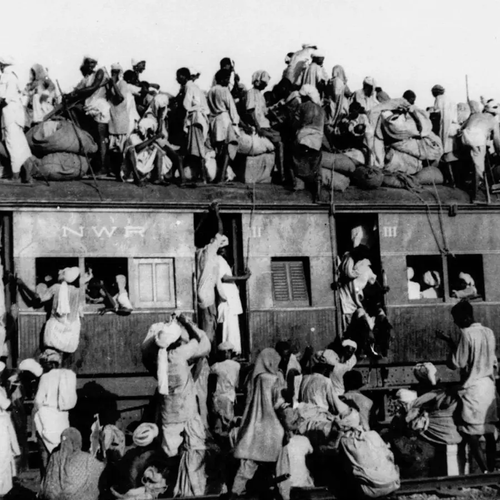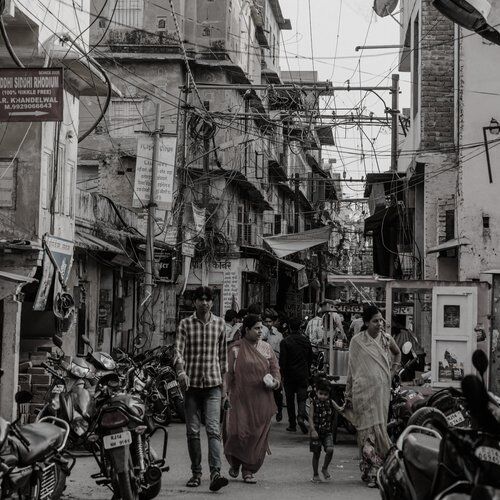Partition: Memory and Memorialisation
A point which has frequently been raised by historians and chroniclers of independent India is the absence of much public debate, or representation, of Partition and the specific events during the freedom struggle connected to it.
Barring a few noted writers and some representations in cinema, mostly by those generations who directly witnessed these traumatic events, Partition has not been examined with the care and attention it requires, nor has it been discussed in school curricula. A large part of India’s fractious communal relationships is connected to this failing of memory and memorialisation.
How can this course be corrected? How can connected discourses, such as in feminism and social work find common ground in examining this history and legacy? We speak to noted writers, filmmakers and scholars to see if there is a way out. We examine the history of the Partition, its multiple narrative strains and the aftermath as lived through memory.
Past Theme


Peripheries: Boundaries on the Edge, Boundaries Within
It is to be expected that a country as complex as India would have multiple peripheries simultaneously existing in different forms and manifestations.
From the increasingly vexed situation in Kashmir to the many flash points, dormant and active, in the Northeast, to the periphery at the geographical centre in what is called the Red Corridor, the contentious legacy of political violence is also a story of Independent India.
The people of each of these geographies experienced their own engagement with the promise and flaws of India. In some places, such as parts of the Northeast where violence has abated, new ideas and aspirations have emerged.
Visual aesthetics, as demonstrated by talented young writers and filmmakers, tries to make sense of this unique political and social legacy. Elsewhere, such as in Kashmir, trauma and social change continue to affect a generation’s self-image and future, while change comes to Ladakh and causes a churn in aspiration and creativity. Adivasi issues, including representation, appropriation and marginalisation, are also in a state of flux.
We consider and articulate these questions, and ask whether it is truly possible for the rest of the country to take informed and empathetic positions on these issues and to see the world through the lenses of these societies.
Past Theme
Embracing Diversity
In the past, children’s books in India dealt largely with folktales, mythology, and stories that glorified national leaders.
How has the portrayal of identity changed in children’s literature from India and globally over the last 50 years? What are the lesser-known stories of one’s heritage that we look for today?
How important is it for children to see and hear stories that show the more human side of famous individuals? Why should young readers be able to see snatches of dialogue from their native land on the pages in front of them?
How much has children’s literature grown to occupy a space today to serve as mirrors where children can see characters like themselves reflected in books across India and the world?
Past Theme

